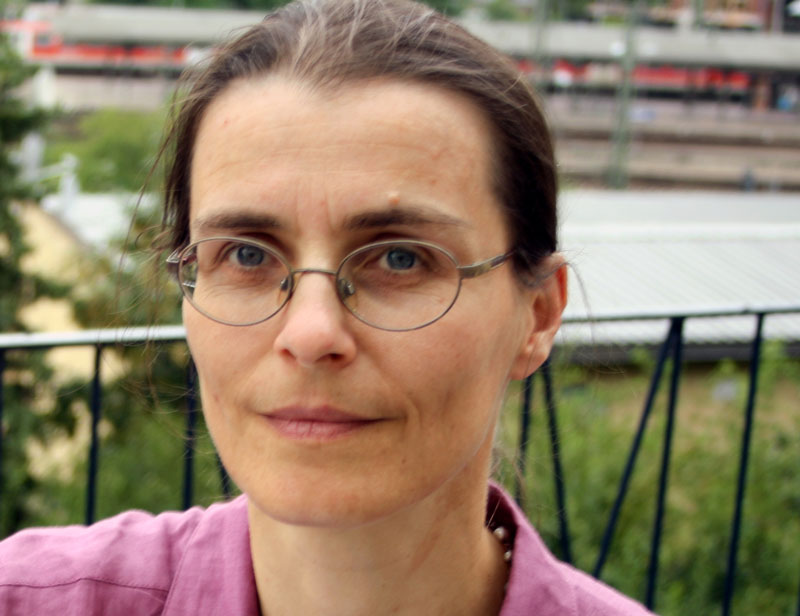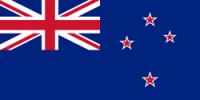
Curiosity is one of the key characteristics describing my personality – it was the reason that I became a scientist, and part of my motivation to send an expression of interest when HFSP, more than a year ago, was searching for a new Director of Research Grants to take over after Geoffrey Richards retires.
My other motivations to apply were my high respect for the Organization, and my wish to help to improve the conditions for innovative, interdisciplinary basic research. As a former HFSP grant awardee, I had first-hand experience of the unbureaucratic, constructive and always helpful support of the Organization and I enjoyed the creative atmosphere of the Awardees Meeting in Lugano in 2014.
My first two months at the Secretariat at Quai St Jean in Strasbourg, a city that perfectly fits the international spirit of the Organization, did not disappoint me. I appreciate the wonderful international, welcoming and professional staff and the open-minded atmosphere.
After 20 years at Lund University, a large university with eight faculties, more than 7000 employees, 40,000 students and a large administration, I find it fascinating to experience how efficiently and non-bureaucratically an organization with just 16 employees can run a research funding program of the highest international reputation. And additionally, having spent the first 15 years of my life in Freiburg, I have always appreciated the nearby city of Strasbourg and the Alsace region, especially the food and culture.
After studying biology, with electronics and psychology as minors, I received my Diploma and my PhD from the University of Tuebingen, Germany. Back then I studied flight control of bees at the University of Sussex and the Pontifícia Universidade Católica in Porto Alegre, Brazil. Following maternity leave with my two children, I stayed in Tuebingen to begin my first independent work on insect colour vision, before moving first to the Australian National University in Canberra, and, then in 1998, to the University of Lund, Sweden, where I joined the Lund Vision Group. For ten years I was a Research Fellow, awarded by the Swedish Research Council, and from 2007 I held the position of Professor of Sensory Biology. My research broadened in respect of research topics, but generally centred around the question of how animals extract sensory information from their environment, given physical limitations and phylogenetic constraints of their sensory organs and brains. With more questions, the study organisms also expanded and my group worked with model species like chickens, budgerigars, moths and bees, but also included comparative studies on anything from velvet worms and octopus to frogs, geckos, harbour seals and peregrine falcons. We were addressing questions such as how do nocturnal moths, in a starlit night, manage to extract colour information from the few photons available. Do they invest more in extracting chemical information than diurnal moths would do? How do the enigmatic oil droplets in bird cone photoreceptors modify what the bird sees, and what is the function of the deep fovea of raptorial birds?
One of the most inspiring projects that I have been involved in started in 2010 with an email from a colleague, who I had never met or even heard of, asking whether I was willing to join an application for an HFSP Program Grant. After submitting the proposal, we had already learned so much from the discussions that it was clearly worth the effort. We were fortunate to get the award, which resulted in several new lines of research for the international and interdisciplinary team. Such collaborations, and others with excellent colleagues in India (on bees, moths and flying foxes) and Brazil (on frogs) have not only inspired new scientific adventures but also broadened my understanding and respect for different scientific and cultural traditions and ways of thinking.
Since 2004, I have also worked on the evaluation of grant proposals for the Swedish Research Council and several funding agencies, appreciating how much thought, work and effort these processes take. From 2012 to 2018, I served as Research Dean for the Faculty of Science chairing the teacher appointment board, where I was fascinated by the huge spectrum of scientific research, ranging from astronomy to particle physics, and from mathematics to environmental sciences. It was an exciting period for the university, during which MAX IV, the most advanced Synchrotron radiation source to date, was opened, and the building of ESS, the European Spallation Source, started.
However, in recent years, I have seen administrative procedures grow and take more time, energy and resources from the core activities of universities: teaching and research. Even though strategic plans may endorse interdisciplinary research, administration often hinders instead of supporting. At the same time, many national funding bodies increasingly ask for the fast tracking of basic research to application - despite the long-known fact that such processes are unpredictable and require time.
I am still on a steep learning curve at HFSP, grateful for all the help and support of the team, and looking forward to seeing more promising, risk-taking research proposals turn into ground-breaking Human Frontier Science Projects!


































